Did you know that indoor air can be more polluted than outdoor air?
The quality of the air in your home significantly impacts your health and well-being.
From allergens and dust to mold and VOCs, numerous pollutants can lurk within your walls. Fortunately, there are easy and effective ways to enhance your indoor air quality and create a healthier home environment.
Common Indoor Air Pollutants
- Dust Mites: Microscopic creatures that thrive in bedding, carpets, and upholstery. A common trigger for allergies and asthma.
- Pet Dander: Tiny skin flakes shed by furry friends, which can also irritate allergies.
- Mold & Mildew: These thrive in damp areas like bathrooms, basements, and around leaks. Mold can be a serious health hazard.
- VOCs (Volatile Organic Compounds): Chemicals released from household products, building materials, and even furniture. These contribute to a range of health concerns.
- Smoke (Tobacco or Wildfire): Smoke particles linger long after the source is gone, posing risks even for non-smokers.
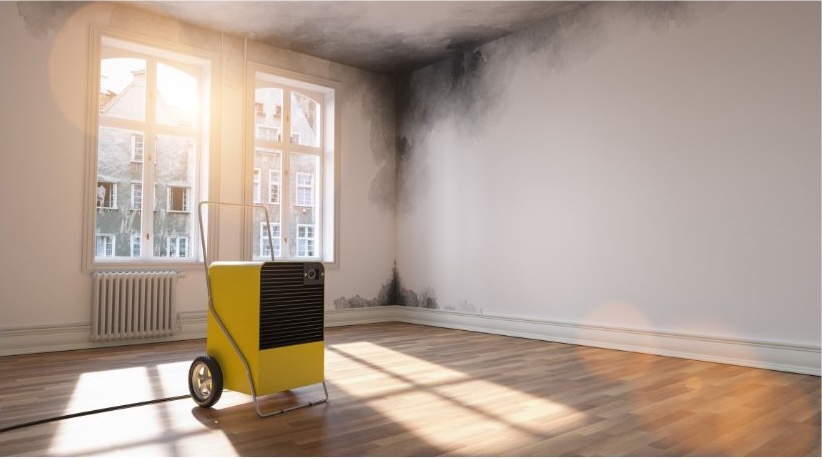
Strategies for Cleaner Air
Source Control: The First Line of Defense
- Smoke-Free Home: Maintain a strictly smoke-free environment for improved air quality and overall health.
- Reduce VOCs: Opt for low-VOC paints, cleaners, and personal care products.
- Proper Ventilation: Ensure adequate airflow, especially when cooking, showering, or using chemicals.
- Minimize Moisture: Quickly address leaks, dry up spills, and use dehumidifiers in damp areas to prevent mold.
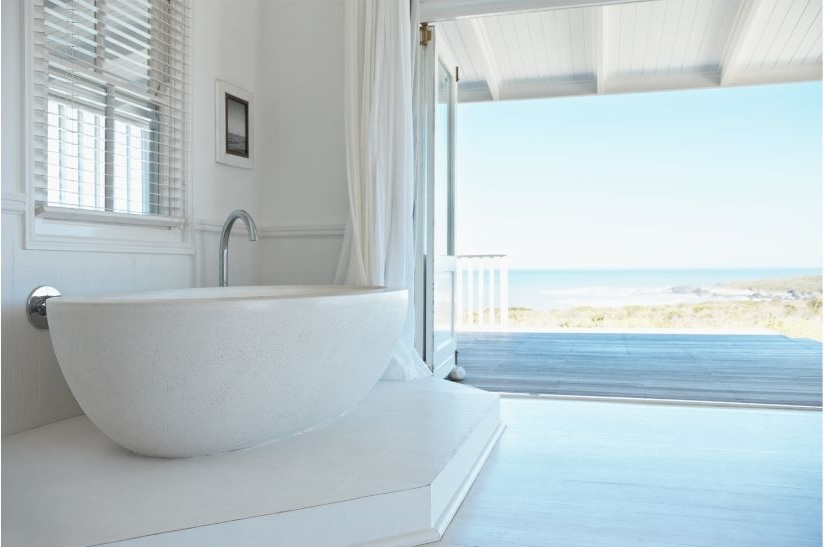
Enhance Your HVAC System
- Regular Filter Changes: Upgrade to high-efficiency filters (MERV 11+) and replace them regularly per manufacturer guidelines.
- Duct Cleaning (If Needed): Consider professional duct cleaning if you suspect excessive dust, mold, or debris buildup.
- Whole-Home Humidifier/Dehumidifier: These systems help maintain optimal humidity levels for comfort and reduced pollutant growth.
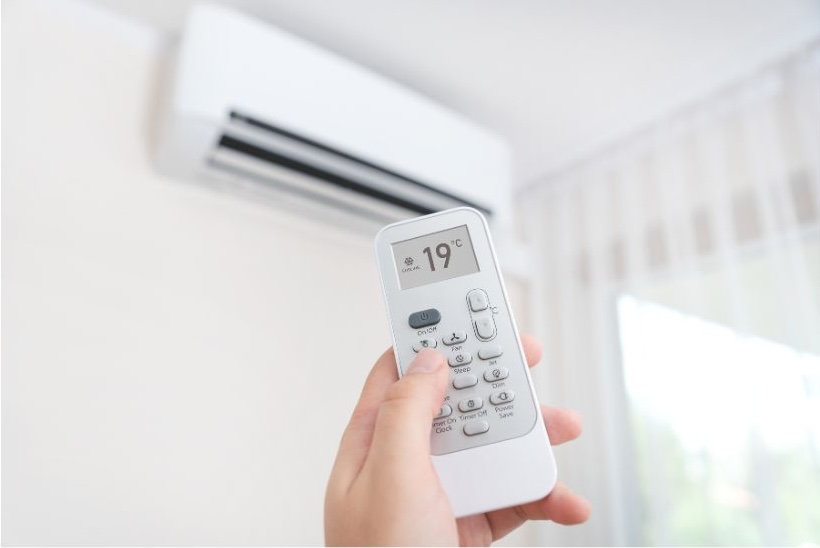
Air Purifiers: An Extra Layer of Protection
- HEPA Filters: Choose purifiers with true HEPA filters that trap even the tiniest particles like allergens and viruses.
- Room Coverage: Select purifiers rated for the square footage of your most-used spaces.
Harness the Power of Houseplants
- Natural Air Filters: Plants like spider plants, English ivy, and peace lilies can absorb some pollutants.
- Boosting Humidity: Plants naturally release moisture, which can counter dry indoor air.
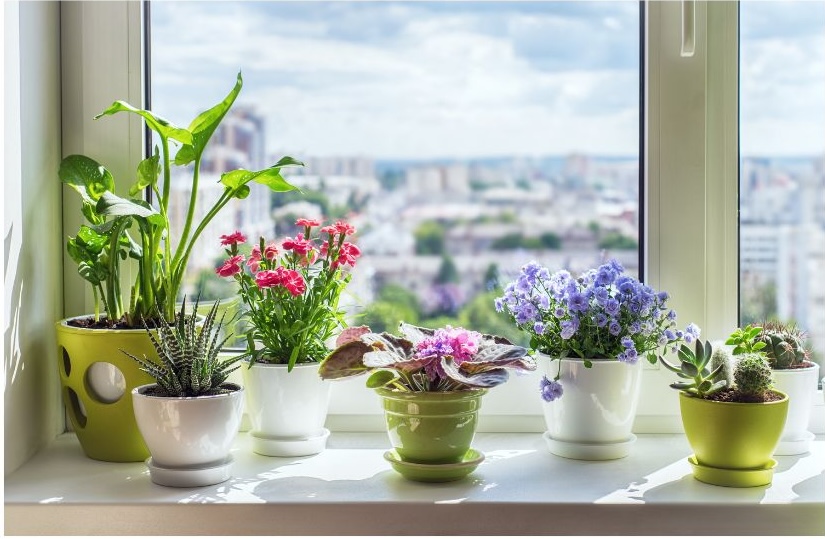
Simple Daily Habits Make a Difference
- Open Windows (Weather Permitting): Fresh air dilutes pollutants. Even short bursts help.
- Vacuum Often: Use a vacuum with a HEPA filter to capture allergens and dust.
- Clean Regularly: Dust surfaces and mop floors frequently to maintain a low allergen environment.
- Leave Shoes at the Door: This helps prevent tracking in outdoor pollutants.
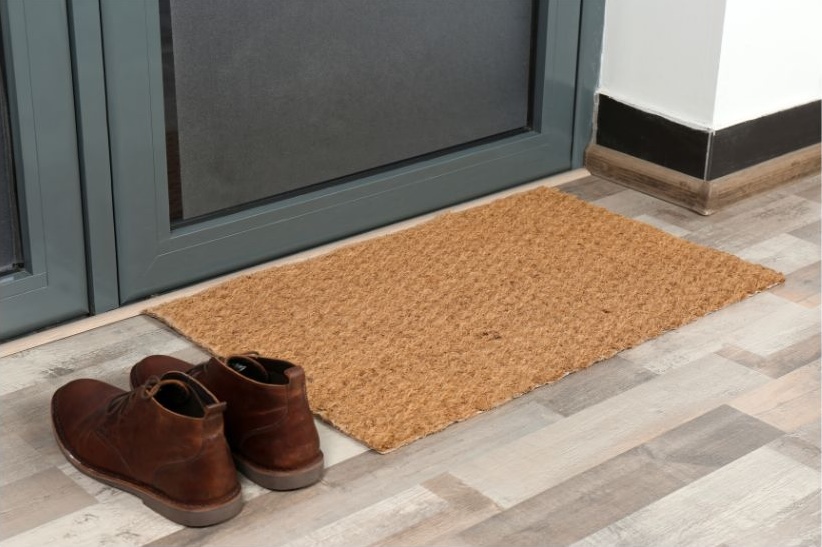
Additional Tips For Sensitive Individuals
- Allergy-Proofing: Invest in dust mite covers for bedding and regularly wash linens in hot water.
- Air Quality Monitor: These devices provide real-time readings of pollutants for tailored action.
Breathe Easier at Home
Improving your indoor air quality is an investment in your health and well-being. By implementing these tips, you can create a cleaner and healthier living environment for you and your family.




